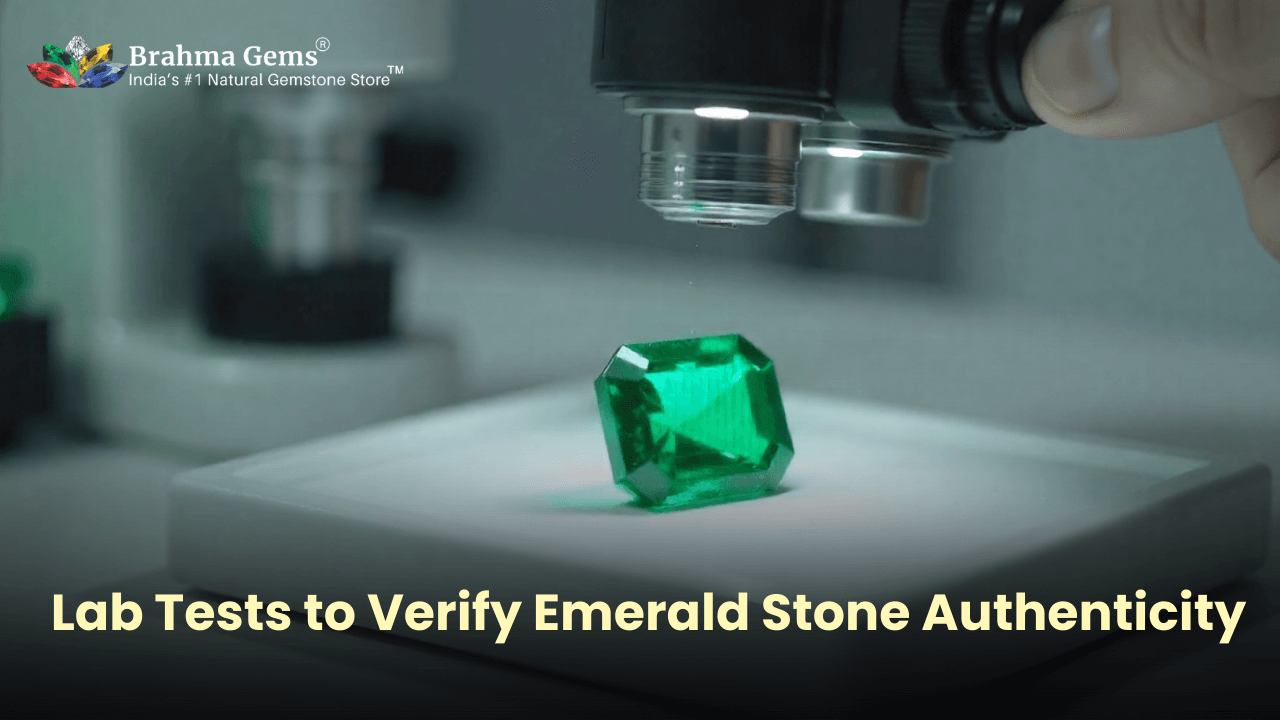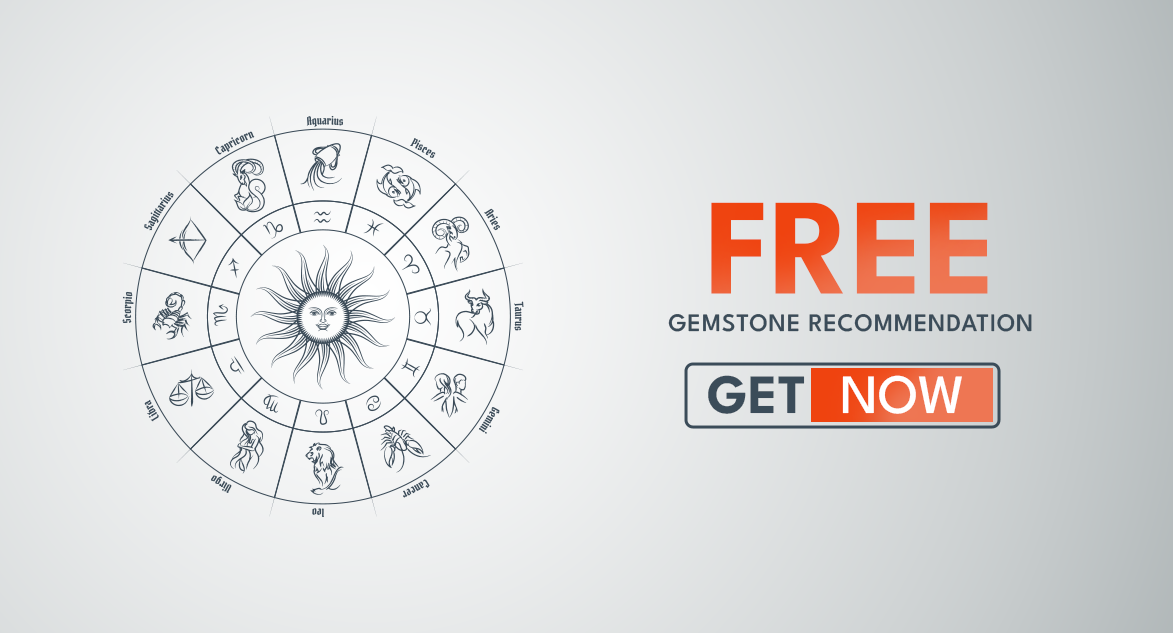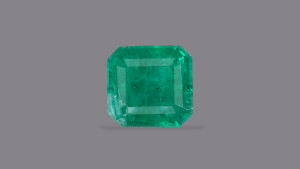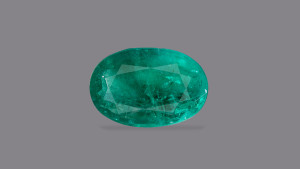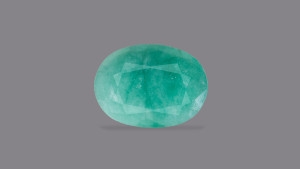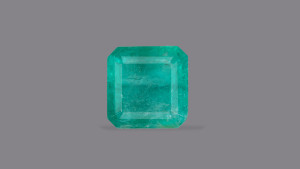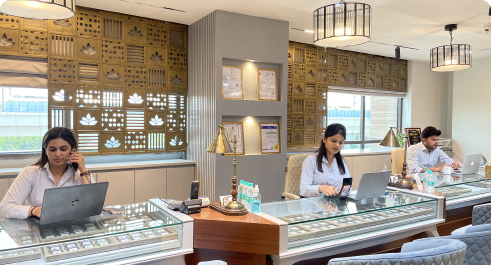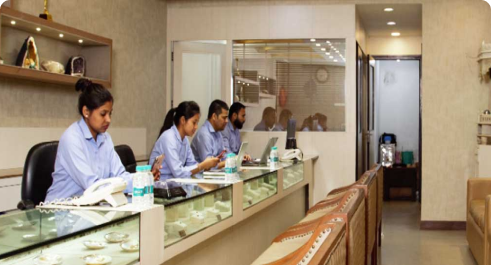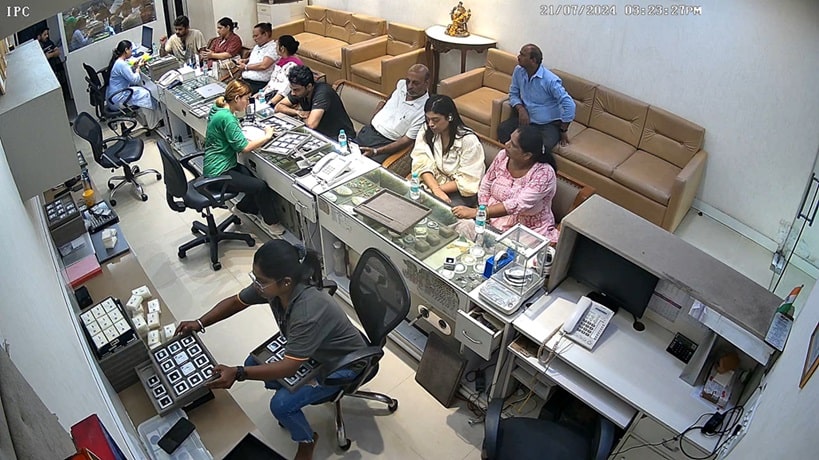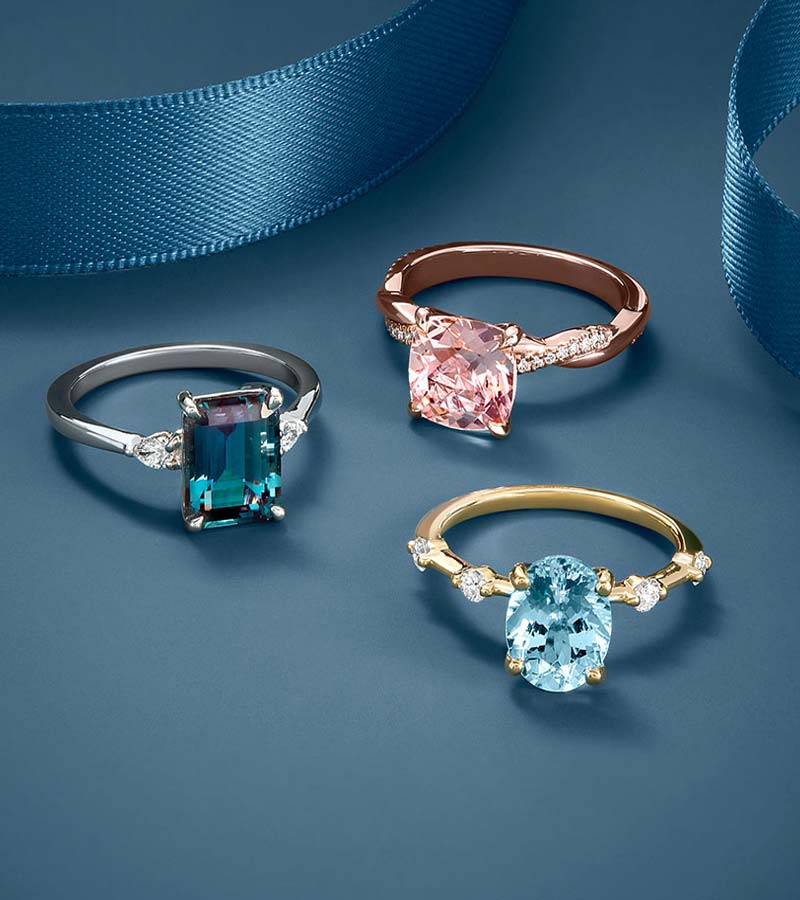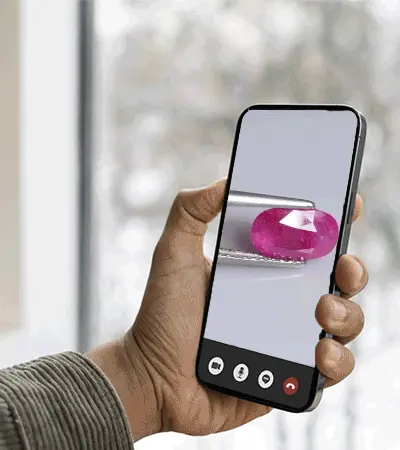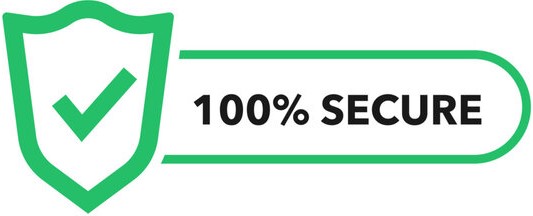The emeralds invoke centuries of trusting and wondering. Most customers pose a question as to how they can be assured that the rock they are holding is a natural one. In this brief discussion, I shall expound on the lab tests that I myself have trusted to test the authenticity of emeralds.
Why Testing Matters
In my experience, emeralds are often imitated. I have seen glass, synthetic quartz, and even dyed beryl sold as emeralds. Without testing, the average buyer cannot know the difference. I always emphasise that certification is as important here as it is when someone checks the original blue sapphire stone price or studies the natural emerald stone price. Prices fluctuate, but only genuine gems hold long-term value.
How to Select and Buy Emerald (Panna) || Brahma Gems
Magnification Under Microscope
A microscopic study is the initial move towards a good lab. When visiting gemologists, I have had the opportunity to sit down and look at inclusions, fractures, and internal growth lines. The natural emeralds tend to have a complicated, gardeny structure, whereas fake ones appear excessively neat or monotonous. I redirect my clients to the fact that this is not a process of guesswork. It is an evidence-based technique. The same means are used when considering the original emerald stone or when authenticating the provenience of an original panna ratna.
Spectroscopy and Colour Analysis
Dragon-stone has a spectral signature. Absorption lines are spotted by using sophisticated equipment, indicating the amount of chromium or vanadium in the rock. This, in the easiest terms, is the science of the radiance of a natural emerald. Without this analysis, one runs the risk of confusing dyes with actual mineral colour. I witnessed the occurrence of this on numerous occasions, and one can say that numerous sellers do take advantage of such loopholes.
The formal method applies to other stones as well. Experts have made use of X-ray radiography when examining an original panna stone. In a natural yellow sapphire, we have UV fluorescence. This demonstrates that various gemstones need various scientific examinations, and none can be examined using a single check.
Main Factors to know about Weight ( Ratti / Carat) of Natural Emerald Gemstones
Refractive Index Testing
My other means is refractive index measurement. Emeralds fit into a certain range, and this is measured using refractometers in laboratories. However, when the reading falls out of the range, the stone was probably a fake. I have also observed in practice that when determining how to make clients respond to my practice, it helps them to feel more confident when they see much more specificity than uncertainty. I usually relate such clarity to the price of natural emerald stone, with the certification studied by buyers. The two figures, scientific and the market ones, generate trust.
Advanced Chemical Analysis
There are high-end labs with such tools as an energy-dispersive spectrometer. These are found to show the elemental composition of a stone. This analysis is required, especially in the works of high value, where minor treatment modifies the value. Sometimes, only such treatments as oils in fracture filling can be positively checked only at this level.
I tend to clarify that, as much as everyone wishes to know the final original blue sapphire stone price, they should also appreciate those hidden facts that science unearths in the Emeralds.
Do you Know the Main Factors Which decides the Price of Natural Emerald (पन्ना) Stone
Cross-Comparison With Other Stones
In my opinion, this has to do with putting Emerald verification into context. To cite an example, fluorescence with the UV light is the norm in the case of authenticating an original ruby stone. To make an original manik ratna, the inclusions would include rutile needles, which would be used to check their natural origin.
Concentric layers demonstrate authenticity to an original pearl stone. There is also a yellow sapphire, which by definition can be analysed in a laboratory using spectroscopy and magnification. These are similarities that remind customers of the fact that it is not only emeralds that should be examined in a lab. Transparency and checking can be used in all natural gemstones by the same principles.
Trust and Reputation
Any test done in laboratories is meaningless when the certificate in itself is controversial. That is the reason why I have developed associations with the major gem labs throughout the years. When the authority that issued the report is reputable in the trade, it is an effective one.
I will regularly remind them that cutting an emerald and not having a certificate is just as dangerous as buying a fake neelam stone and not being able to show a receipt. I have also seen how people regretted not being careful about certification, as they will one day compare the natural emerald stone with the imitations found at lower prices.
 +919953660004
+919953660004 +18886144437
+18886144437 +44
8081965700
+44
8081965700





